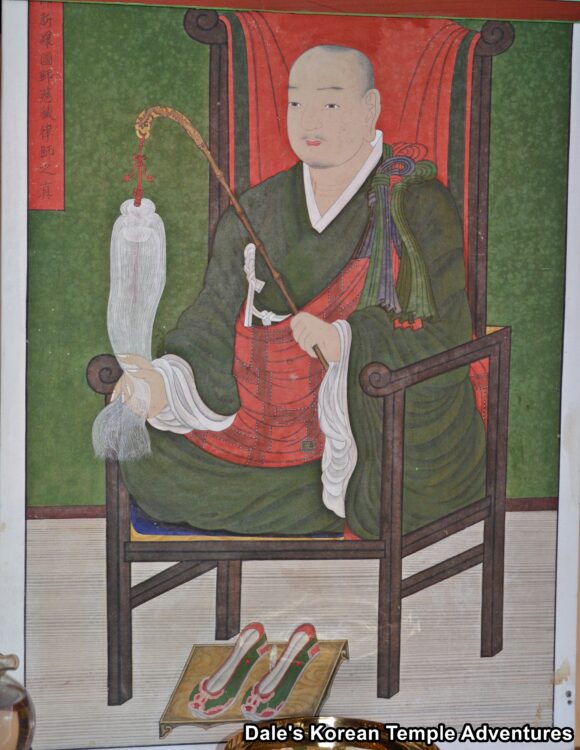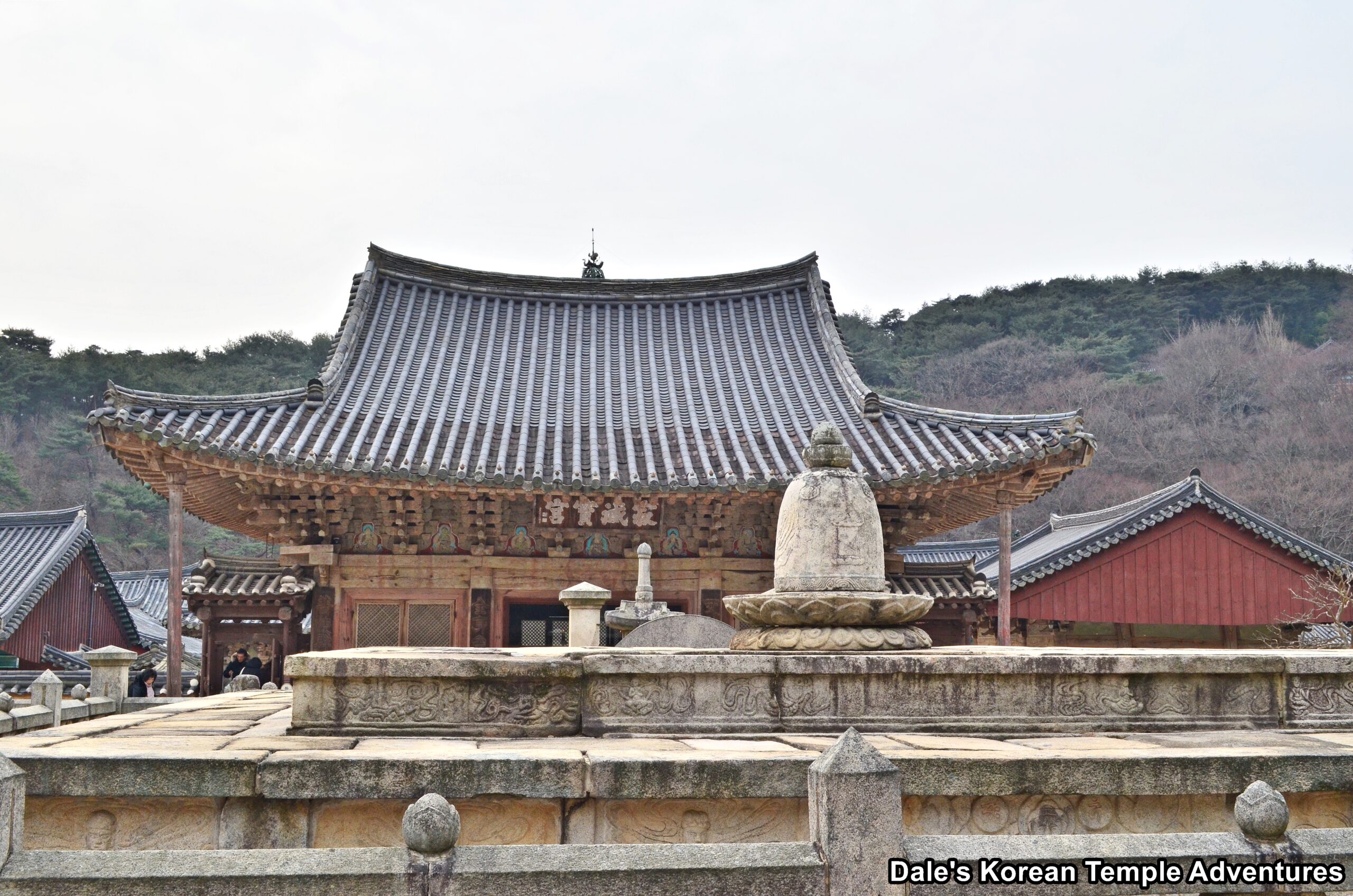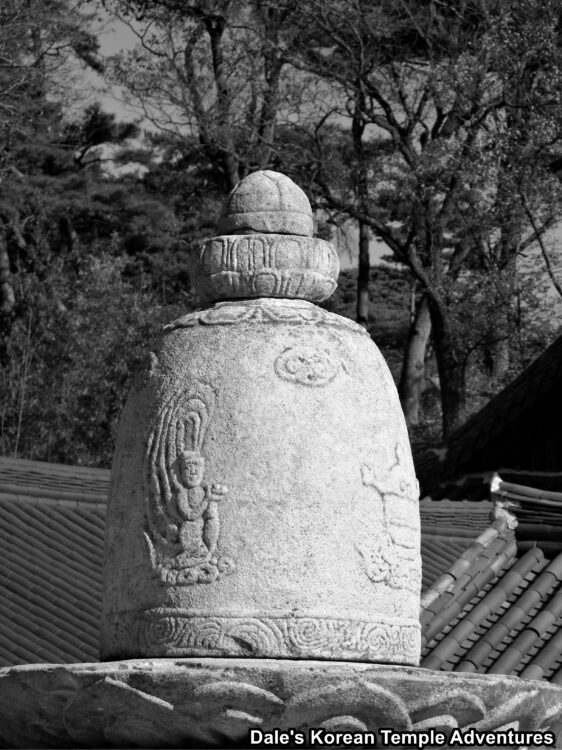Yul-jong – Vinaya Sect: 율종

The word Vinaya is derived from a Sanskrit word which means to lead, take away, tame, train, or guide. It can also mean to educate or teach. The Vinaya is a division of the Buddhist Tripitaka (canon) that contains the rules and procedures that govern the Buddhist monastic community, which is known as the Sangha.
In total, there are three Vinaya traditions that remain in use in modern monastic communities throughout the world. These communities are: 1. The Theravada (Sri Lanka and Southeast Asia), 2. The Mulasarvastivada (Tibetan Buddhism and the Himalayan region), 3. The Dharmaguptaka (East Asian Buddhism). In addition to these communities, there are Vinaya texts from several schools of Indian Buddhism that are no longer in existence but are preserved in Tibetan and East Asian texts including the Kāśyapīya, the Mahāsāṃghika, the Mahīśāsaka, and the Sarvāstivāda.
Korea fits into the Dharmaguptaka (East Asian Buddhism) of Vinaya. In Korea, the Vinaya sect is known as “Gyeyul-jong – 계율종” or “Yul-jong – 율종” in Korean. Gyeyul-jong was first founded by the Baekje monk Gyeomik, who went to India in 526 A.D. The reason for Gyeomik’s travels to India is that the Buddhism that was first introduced to the Baekje Kingdom in 384 A.D. was brought by the Indian monk Marananta. At this time, Buddhism was quickly embraced by the Baekje Kingdom (18 B.C. – 660 A.D.), but it remained largely unknown. That’s why Gyeomik was sent to India. He was sent to bring back more information about the teachings of Buddhism. So he traveled to India through the southern seas. In India, he learned Sanskrit. He also studied the Vinaya. This specialized study focused on the implementation of sīla (right conduct), or “yuljang” in Korean. Gyeomik went to India from Baekje to study the Tripiṭaka at Sangana Vinaya Temple in India. There he translated the text into a book called “yulmun” in Korean. Gyeomik was accompanied by another Indian monk upon his return to the Baekje Kingdom. And upon his return to the Baekje Kingdom, Gyeomik transmitted the Vinaya. However, there is no evidence that he founded a sect upon his return. And when the Baekje Kingdom fell, both the Baekje Gyeyul teachings and translated texts were lost.
Later, and in the Silla Kingdom (57 B.C. – 935 A.D.), the monk Jajang-yulsa (590-658 A.D.) would propagate anew the rules of the dharma. Jajang-yulsa was the son of a sopan (third rank) named Kim Murim. He was a true-born (jingol) noble. Kim Murim made a vow, stating, “If a son is born to me, he will embrace the sangha and will become a ferry for crossing the sea of the dharma.” As a result, Kim Murim also made an image of a thousand armed Gwanseeum-bosal (The Bodhisattva of Compassion). And Jajang-yulsa would later be born on the same day as the Buddha’s birthday, and the name that was given to him was Seonjongnang.
At an early age, Jajang-yulsa lost both of his parents. As a result, Jajang-yulsa was known to despise the impermanence of the human condition, so he left his wife and children and became a monk after donating his gardens and his lands to found Wonnyeongsa Temple. He lived a solitary life on a remote plot of land. During his meditations, Jajang-yulsa was known to surround himself with thorn bushes, so that if he moved or fell asleep, he would be pricked by these thorns. He would sit naked at the centre of these thorn bushes with his hair and head hanging from the beams so as to avoid falling asleep. Another story about Jajang-yulsa’s devotion pertains to the Buddhist monk and the Silla king. When the seat for the prime minister of Silla became available, the king called upon Jajang-yulsa to fill it. However, Jajang-yulsa strongly resisted this request. The king became furious and ordered Jajang-yulsa, “If you do not come, I shall have you killed.” When Jajang-yulsa heard this, he answered, “I would rather die in a day while observing the monastic rules. I do not wish to live a hundred years breaking them.” The king, hearing this, realized that Jajang-yulsa wouldn’t change his mind. As a result, the king agreed to allow Jajang-yulsa to remain a monk.
In 641 A.D., following the orders of Queen Seondeok of Silla (r. 632-647 A.D.), Jajang-yulsa traveled to Tang China (618–690, 705–907 A.D.). He did this with one of his disciples, Seungsil, and ten other people. While in Tang China, Jajang-yulsa received the bone relic of the Buddha’s crown, monastic robe, and sari (crystallized remains). Jajang-yulsa would stay for some time at Mt. Zhongnan until his return to Silla in 643 A.D.
Upon his return to Silla, Jajang-yulsa organized the community of monks and nuns, which had been relatively disorganized up until this point. In addition to organizing these communities, Jajang-yulsa also founded Tongdosa Temple in 646 A.D. to house the sari (crystallized remains) and robe of the Buddha that he had received in Tang China. He also built the Geumgang Gyedan (A Precepts Altar) at Tongdosa Temple, which still stands to this day, to help systematize the organization of the Buddhist monks that is so central to the Vinaya sect. And for the rest of his life, Jajang-yulsa would lecture every two weeks about the Vinaya teachings. He would encourage the monks to observe their precepts and guard against any and all forms of offences.
Lastly, the Vinaya sect enjoyed great prosperity during Silla and Unified Silla (668-935 A.D.). And it’s through the efforts of Jajang-yulsa that the rules and conduct that he promoted are still observed to this day on the Korean peninsula.

